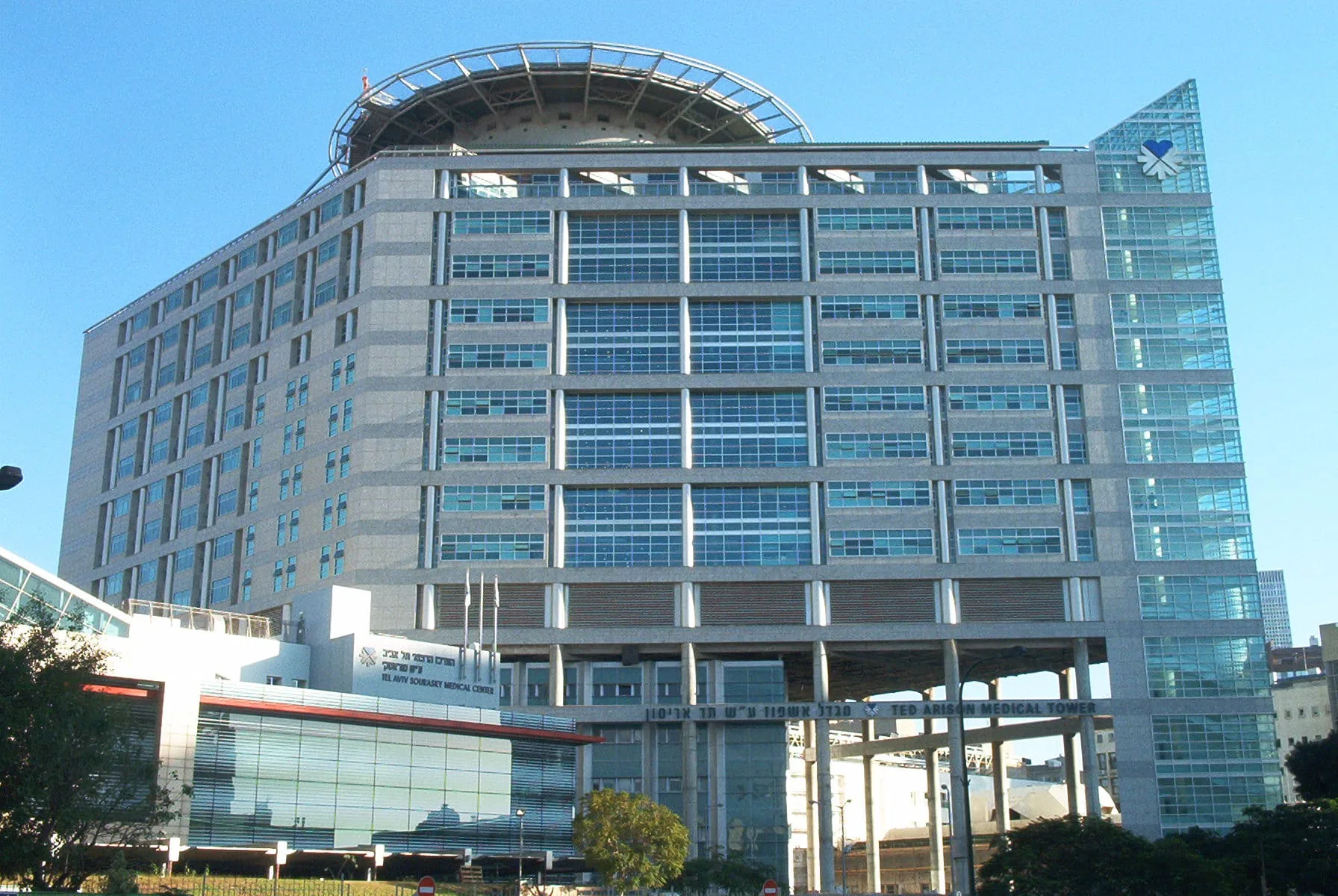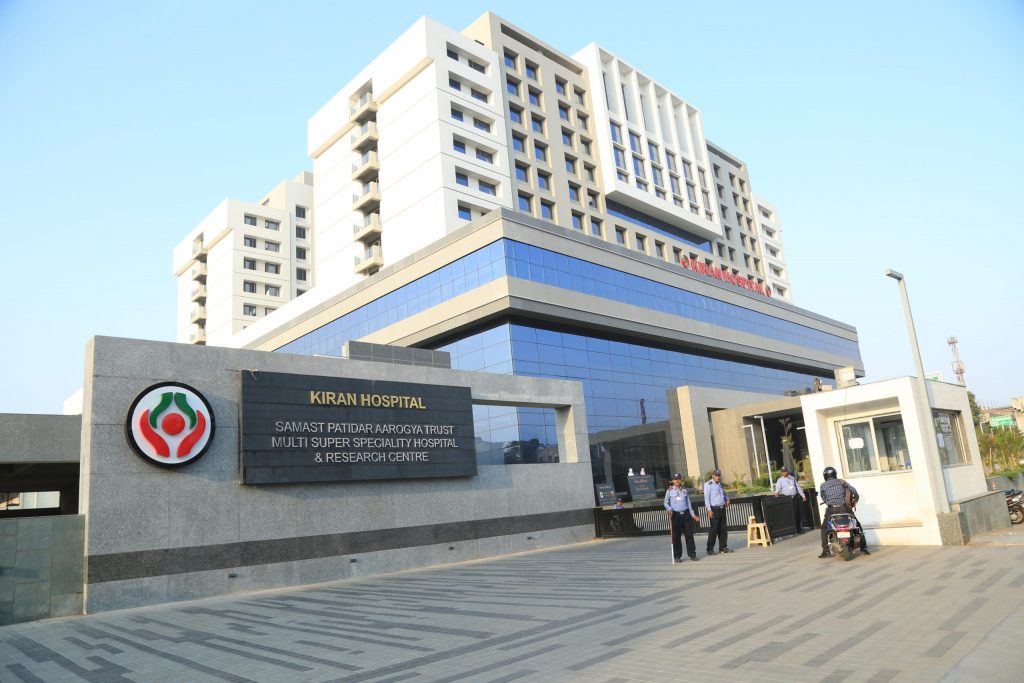Syringomyelia: Disease Nature and How to Treat
Syringomyelia is a liquid-filled cyst development in spinal medulla. Pathology progresses stably, hitting the spinal cord and provoking pain and other uncomfortable manifestations.
Pathology has certain clear roots, although it occurs when cerebrum tissue protrudes into the spinal canal (specific deformation). The causes involve spinal tumors, back trauma, and harm because of spinal medulla inflammation. If pathology isn’t problematic, physicians simply observe the disease course. But if symptomatology makes itself felt, surgical intervention will be required.
Syringomyelia types:
- liquor-dynamic environment damage;
- pathology spreading in spine;
- spinal dysraphism (nerves not completely closed);
- pathologies arising from intramedullary tumors;
- idiopathic.
Why does syringomyelia appear?
Exact natural ground of this illness is unknown. With pathology development, cerebrospinal fluid accumulates inside the spinal medulla, provoking cyst formation. Following things can force syringomyelia.
- Chiari anomaly – brain tissue protrusion.
- Meningitis.
- Spinal tumors prevent normal liquid circulation.
- Birth pathologies: fixed spinal cord – tissue affixes to spinal medulla preventing it from moving normally.
- Deformed spinal cord state, provoking symptomatology manifestation.
Syringomyelia symptoms
Mostly, pathology symptoms are cultivated gradually. If syringomyelia occurred due to brain tissue protrusion, symptoms manifest themselves at the 25-40 age.
- Muscle debility and emaciation.
- Reflex disability.
- Decreased responsiveness to ache and temperature changing.
- Migraine.
- Tightness feeling.
- Painful affected areas.
- Scoliosis.
Syringomyelia diagnosis
Neurologists reveal a person has lost normal sensitivity or cannot properly coordinate their motions, provoked by spinal medulla compression.
Diagnosis is mainly determined by spine MRI. Such analyzes make it possible to clearly determine the cysts location and organ damage level. Head MRI determines general organism modifications, in particular, hydrocephalus. When cysts appear, scoliosis occurs, which can be easily detected on X-rays.
Syringomyelia treatment
Surgical therapy stops the problem progression and aims for improving functions. Surgery is required for strong spinal cord compression, and shunts are involved for deformities correction. Additionally, surgery is performed for tissue transplantation, so the cyst closes and doesn’t receive nutrition. Experts are sure that operations are needed for patients having progress of neurological symptoms. If the operation isn’t done in time, irreversible consequences with serious neurological disorders can occur.
Cure with vasoconstrictors is prescribed for relieving swelling around the spinal medulla. Experts recommend actively training to increase venous pressure. Separate exercises minimize the cysts risk formation. Syringomyelia life expectancy for people without professional medical help is no more than one year.










